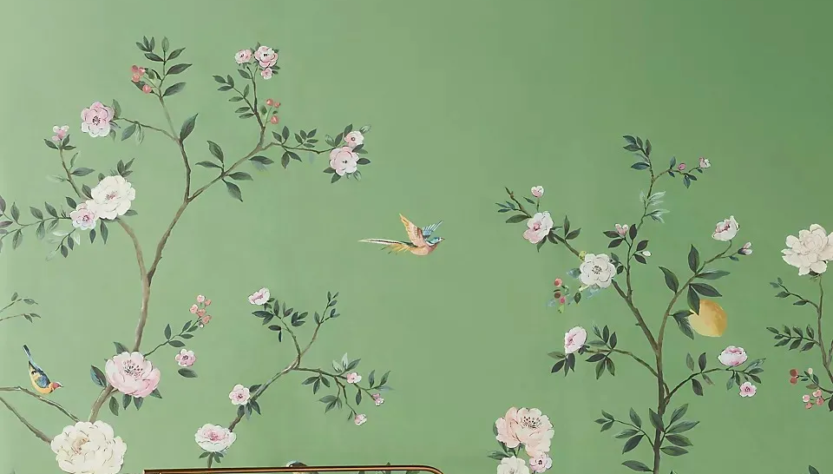It’s a terrific way to add colour, depth, and originality to any room by using wallpapers, as well as paint and fabric. If you’re looking for a quick and easy way to spruce up a space, wallpaper is a great option. The following are five of the most beneficial purchase advice for wallpaper that you may want to know if you’ve recently moved into one of the magnificent flats in Dubai:
Take some measurements before you go shopping
Take precise measurements of the area that will be repainted before you go wallpaper shopping
You should take accurate measurements of the wall space to be covered before purchasing wallpaper. Ordering the wrong number of rolls might lead to a variety of problems. The design may not be available or may not match precisely what you currently have since they come from a different production batch if you purchase too few rolls. You’ll wind up spending more money if you order too many rolls. If you purchase too many rolls of wallpaper, you’ll have too much to deal with in terms of wallpaper and money for the rest of your home improvement project. Choosing the best peel and stick wall papers is essential here.
Additionally, it is vital to have a general idea of the room’s proportions while collecting measurements. To determine how many rolls you need, you must also take into account the application strategy, which is dependent on the pattern you are utilising. You should always have the measurements of your space handy, but this is particularly true when shopping for wallpaper.
Consider what’s inside the package before making a decision
In addition to the size, you need to consider the kind of material that you want to utilise in the room you are constructing. Wallpapers are not usually composed of paper, and this is something that some people believe, but this is not always the case.
Buying a new car in the textile industry
Certain wallpapers are made with the use of fabric, which is also known as textile in certain circles. A variety of textures are available, making it suitable for both formal and casual home decor.
Cotton and linen are two of the most common natural fibres used in textile wallpapers, although some merchants now provide polyester equivalents.
In foil, embossed and flocking
Because of their ability to reflect light and provide the sense of more space, foiled and flocked wallpapers are the best option for bathrooms and other areas with little natural light. Damask and velvet are the materials used in their construction, and both are prone to creasing when used. This kind of yellow wallpaper should only be used on walls that are perfectly smooth and level if you want to be safe.
Vinyl
Vinyl wallpapers are ideal for bathrooms, kitchens, and other high-moisture and stain-prone areas. Remove them off any kind of wallpaper with the least amount of difficulty. Because of this, they retain their quality even after being cleaned or washed, which eliminates fingerprints and stains from the surface.
Hand-screened
They may cost a little more, but hand-screened wallpapers are in great demand because of the brilliant colours that are applied using silkscreens that are created by the artist. This distinguishes hand-screened wallpapers from other types of wallpaper, making them an unique option.


